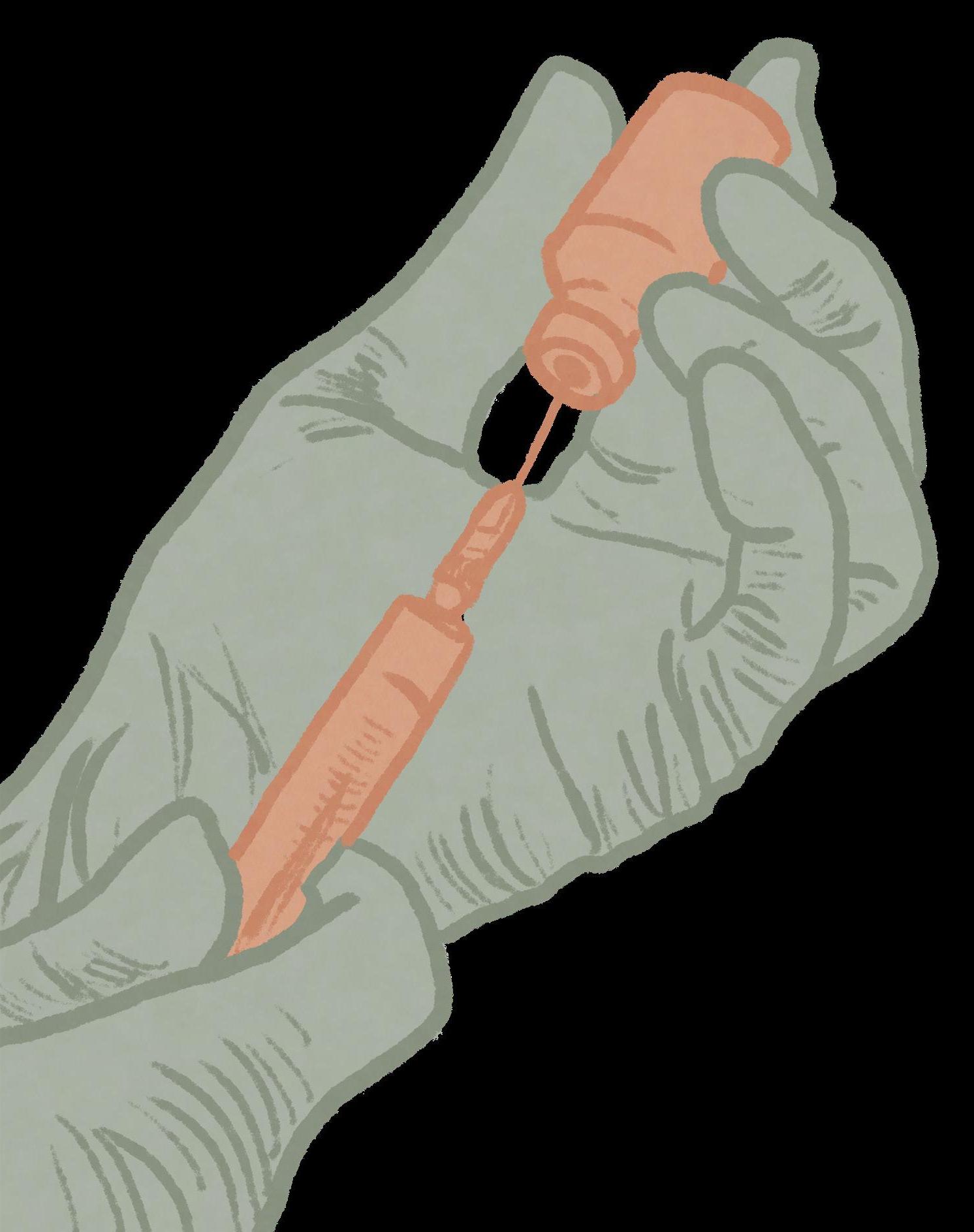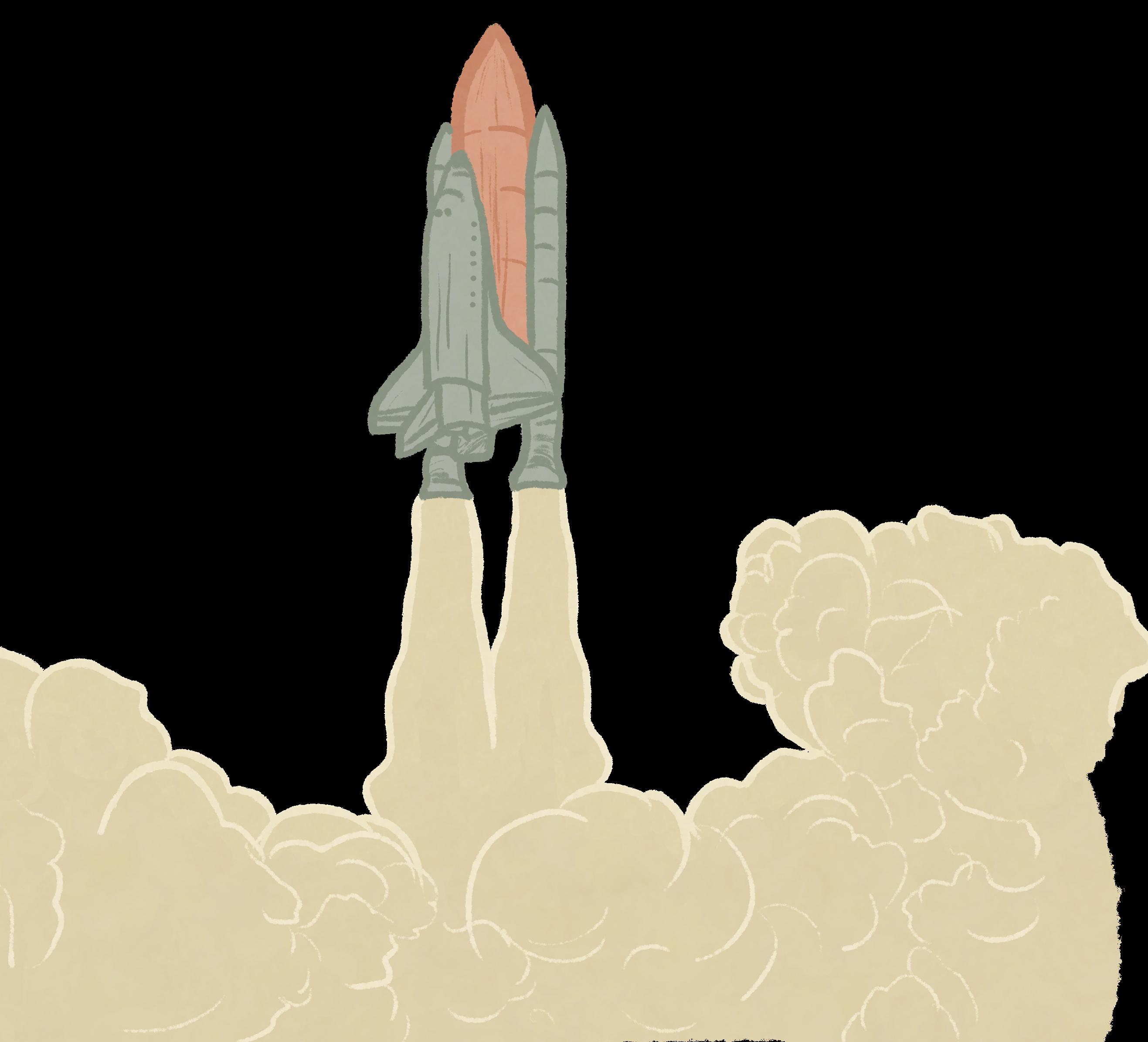
9 minute read
Tenth Grade Finalists Isabella Oliveros, George W. Hewlett High School Sara Maltempi, John F. Kennedy High School
PLASTIC PANDEMIC OF 2020:
HOW OUR GROWING EXPECTATIONS FOR NATURE CONSERVATION THROUGH RECYCLING TUMBLED BY GLOBAL CRISIS
Advertisement
By Isabella Oliveros, George W. Hewlett High School
In 2020, a coronavirus named SARS-CoV-2 left a destructive aftermath on the well-being of the United States of America and the world alike. The virulent strain was classified as a pandemic on March 11, 2020, and has devastated millions of people, businesses, families, and workers since (1). 14% of Americans have been hospitalized by this global pandemic, and the quality of life in the United States was not the only thing disrupted (2). COVID-19 has affected health systems, living standards, and the economy. It has also severely impacted the working efforts of plastic pollution reduction by activists all over the earth. The expectation of decreasing plastic waste in the environment is put “on hold” with the increasing demand for PPE’s (Personal Protective Equipment), such as face shields, gloves, masks, individually-wrapped items, and even plastic wrapping for things such as hand sanitizer and toilet paper (3). Before the pandemic began, several states had banned reusable grocery bags, resulting in the single-use plastic bag taking over once again. According to Mark Murray, the executive director of Californians Against Waste, 500 million additional plastic bags per month have been handed out in California. (4) Before the COVID-19 pandemic, over two billion people lacked access to waste collection while over three billion people lacked access to waste disposal; yet, ensuring reliable and safe services for municipal solid waste management is a necessity to preserve the environment and public health while simultaneously suppressing the spread of the disease (5). This same inaccessibility to proper waste disposal is aggravated by the pandemic. The panic buying of food, toilet paper, cleaning products, and hand sanitizers drastically increased the disposal of both perishable and non-perishable products, generating tonnes of waste throughout the world (6). Reports of hundreds of thousands - even millions of synthetic face masks and gloves improperly disposed of on Hong Kong sidewalks created a polluted city and a harmful environment (7). During the pandemic, the sudden demand for PPE was unexpected and surprising. Single-use mask production rocketed to 12 times the typical rate, up to 116 million per day, in China (8). If the global population resumes the practice of using this many standard one-use disposable face masks per day, the pandemic could result in a waste of 129 billion face masks and 65 billion gloves (9). Researchers have found that the plastic pollution originating in
high-income countries is also greater than normal. But, it is the management of plastic waste that determines the risk of plastic entering our ecosystems. High-income countries have effective and thorough waste management systems in place in order to prevent waste from reaching their waters. A strong management plan that aims to combat plastic pollution can be seen through the efforts of Jamaica and Morocco. According to the World Bank, community participation and waste collection services in Jamaica improved 18 different communities, created jobs, and contributed to crime prevention and reduction programs. In Morocco, Development Policy Loans which totaled $500 million have improved citizen engagement, strengthened private sector partnerships, increased fee collection, and supported better working conditions for over 20,000 informal workers (10). In contrast, due to the poor waste management systems set across low-income countries, over 90% of waste disposed of from developing nations settles in unregulated dumps or open burning. These harmful practices create serious complications and affect the health, safety, and environment of those countries. The poorly managed waste is a basket for diseases, methane gas generation, and loss of biodiversity. This results in such countries being the main source of global plastic pollution. Whilst high-income countries do have effective waste management protocols, they still contribute to plastic pollution through littering (11). In an attempt to mitigate the spread of this plastic pandemic, researchers in the BioProducts Institute at the University of British Columbia have prototyped the very first N95 mask that is compostable and biodegradable. As millions of disposable masks and gloves pollute the streets of our cities, the pressure of finding a solution is crucial. Per Johan Foster, a chemical and biological engineering associate professor in the faculty of applied science, the need for a biodegradable option is essential to making a sizable impact on environmental health. The development of this ecologically friendly face mask is nearly complete, and also the key to taking a new step in “unpausing” the essential protocol in decreasing the amount of waste that is currently present in the environment (12). As the mask is currently underway, there is an inquiry about the cost and accessibility to it. Those who reside in higher-income countries will most likely be receiving the more sustainable mask, while those in lower-income countries may not have the funds, accessibility, and availability to purchase it.
In order to facilitate the safe discarding of plastic waste in our ecosystem, legislators must consider and develop different approaches to meet the most effective goal. They may consider including bans and restrictions, economic instruments, and extended producer responsibility including the reuse, reducing, and recycling schemes. Sub-legislators may also take part in the efforts to reduce pollution by committing to more casual acts, such as consumer education programs, public procurement requirements, investing in waste management infrastructures, and public-private partnerships. The COVID-19 pandemic has revealed the urgency of short-term plastic use and how to properly dispose of items that may most likely cause a threat to the planet in future years. PPE such as face shields and masks contain plastics that use lightweight non-woven polypropylene, polycarbonate, polyester, or polyethylene materials (13). These masks consist of non-biodegradable plastics, which contribute to a polluted, plastic planet. Only the adoption of ambitious and innovative preventative policies can address and decrease this plastic pandemic. This beautiful green and blue planet can be cleaner and safer only with the contribution of all parties involved, including government, companies, civil societies, and the adoption of different preventative policies that will ensure a safer, cleaner planet. (14)
References
1. D. Cucinotta., & M. Vanelli., WHO declares COVID-19 a pandemic. Acta Bio-Medica 91, 157-160 (2020). doi: 10.23750/abm.v91i1.9397 2. R. Heather, et al., Estimated incidence of coronavirus disease 2019 (COVID-19) illness and hospitalization-United States. Clinical Infectious Diseases 72, 1010-1017(2021). doi: 10.1093/cid/ ciaa1780 3. J. Brock, The plastic pandemic: COVID-19 trashed the recycling dream. Reuters, (2021). 4. E. McCormick, It’s all on hold: how COVID-19 derailed the fight against plastic waste. The Guardian, (2020). 5. M. Mehran, et al., Global plastic waste management strategies (technical and behavioral) during and after COVID-19 pandemic for cleaner global urban life. Taylor & Francis, doi: 10.1080/15567036.2020.1869869 6. S. Sarkodie., & P. Owusu. Impact of COVID-19 pandemic on waste management. Environment, Development and Sustainability 23, 7951-7960(2021). doi: 10.1007/s10668-020-00956-y 7. R. Staff, Discarded coronavirus masks clutter Hong Kong’s beaches, trails. Reuters, (2021). 8. T. Adyel, Accumulation of plastic waste during COVID-19. Science 369, 1314-1315(2020). doi: 10.1126/science.abd9925 9. “Solid waste management.” World Bank, https://www.worldbank.org/en/topic/urbandevelopment/brief/solid-waste-management 10. J. Prata, et al., COVID-19 pandemic repercussions on the use and management of plastics. Environmental Science & Technology 54, 7760-7765(2020). doi: 10.1021/acs.est.0c02178 11. H. Ritchie., & M. Roser., Plastic pollution. Our World in Data, (2018). 12. M. Agawin,. Canadian researchers create biodegradable mask in response to pandemic pollution. Environmental Sciences and Engineering Magazine, (2020). 13. L. Connors, How to dispose face masks in an eco-friendly way. Dumb Little Man, (2020). 14. C. Excell, 4 ways to reduce plastic pollution. World Resources Institute, (2021).
SYNTHETIC BIOLOGY IN THE MEDICAL FIELD: SHOULD IT BE USED IN THE DEVELOPMENT OF VACCINES AND FUTURE MEDICAL RESEARCH?
By Sara Maltempi, John F. Kennedy High School
Synthetic biology is a scientific field in which the genomes of organisms are redesigned to give them new useful abilities by combining the principles of engineering and biology (1). Synthetic biology has only been around for a couple of decades, but it has already created a new industry involving the use of engineered cells to produce goods (2). As the field of synthetic biology rapidly develops, controversy over whether it should be embraced has devel oped
alongside it. One main use of synthetic biology, and arguably its most controversial use, is in the development of vaccines and medical research. An example of how synthetic biology can be applied in medicine is it has the potential to create vaccines for diseases that vaccines cannot be created for using traditional methods because their antigenic diversity and mutation rates are so high. Synthetic biology can be applied to help create virus-like particles, or noninfectious viral structures produced via recombination, that match the genetic makeup of a naturally occurring disease (3). The fact that virus-like particles are noninfectious yet have the same structure as a specific virus is why they can successfully be turned into vaccines because they can properly prepare the body to fight against an invasion of that pathogen without the risk of actually making the person receiving the vaccine sick. With the use of synthetic biology devices, a person can keep immunogens outside or inside the virus-like particle that upon vaccination are able to induce a quick natural immune response that boosts the efficacy of the vaccine by increasing the vaccine’s uptake (4). This shows how the application of synthetic biology to virus-like particles further improves their value in the development of vaccines. Another way synthetic biology can be used in the medical field is in creating synthetic gene networks which are then used in the research of drugs. An example of this is the synthetic gene network that was developed to screen anti-cancer drugs. This works by simulating the cell population of a person with cancer, meaning the cell population contains abnormally reproducing cells as well as cells whose rapid reproduction is stopped in the G1 phase of the cell cycle, this is achieved by controlling what genes are expressed in the network (5). This synthetic gene network can be used to screen anti-cancer drugs by showing whether the drugs can kill tumor cells without harming healthy cells in a mixed cell population. This demonstrates how synthetic biology can significantly change the way medical research is conducted for the better by presenting a new method for testing drugs. Of course, as is so in every controversy, there are also downsides to synthetic biology. There are concerns about the safety of synthetic biology. As the field progresses and its tools and discoveries become more widely available, many people believe that it could easily fall into the wrong hands and give someone the power to create biological weapons that could pose serious safety threats. This was proven in 2002 when scientists in the USA recreated the polio virus from scratch using synthetic biology (1). Lucki-






